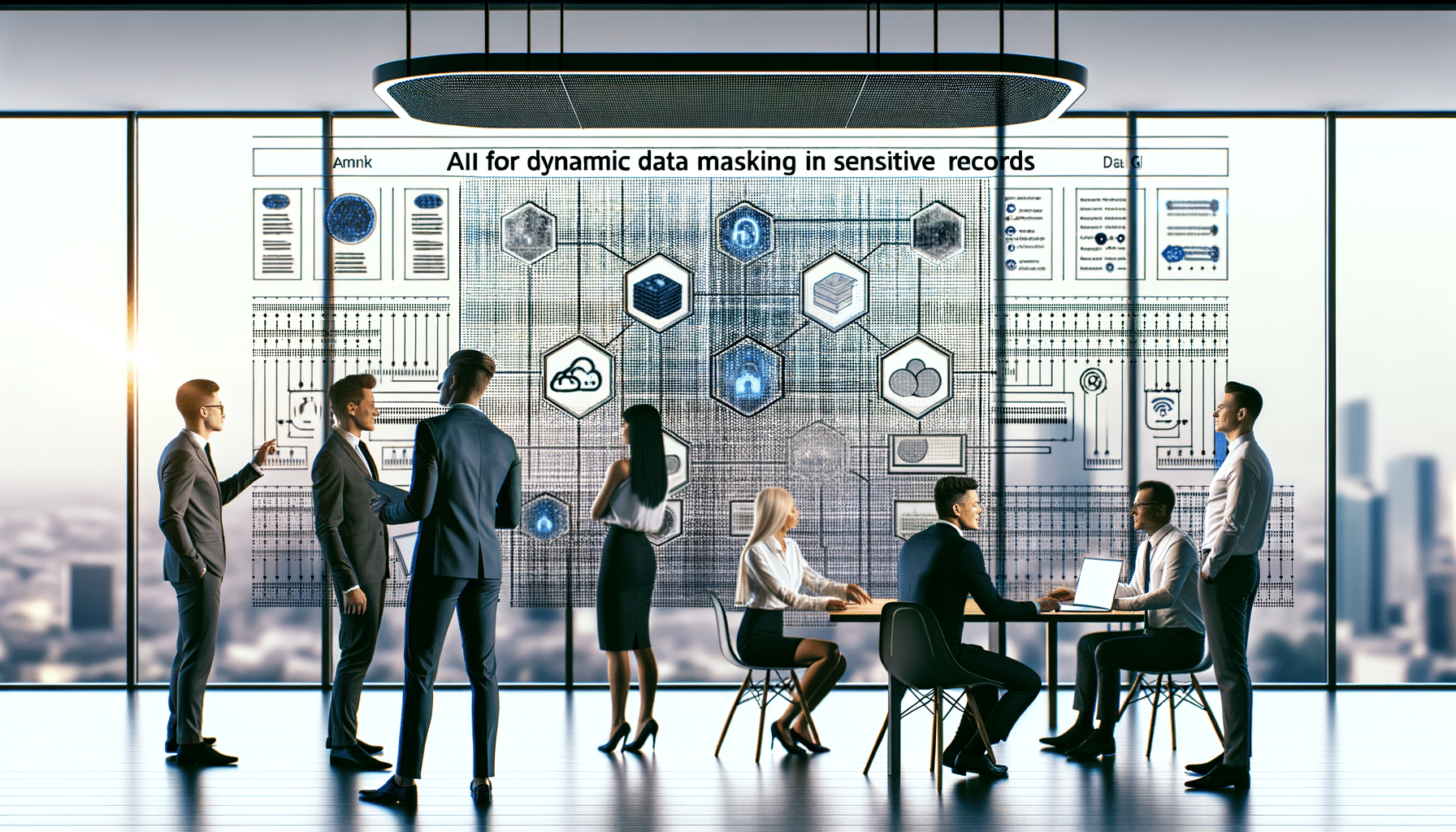- Legal Technology
- November 16, 2024
The Role of Blockchain in Enforcing Cybersecurity

In today’s digital age, cybersecurity remains a top priority for businesses, government agencies, and individuals alike. As the world becomes increasingly connected, the threat of cyber-attacks escalates, prompting a need for more robust security frameworks. Here is where blockchain comes into play, offering a transformative approach to enforcing cybersecurity.
Understanding the Cybersecurity Landscape
Ensuring data security has always been challenging. Traditional cybersecurity measures, although effective to some extent, often fall short against sophisticated cyber threats. From data breaches to identity theft, the scope of cybercrime is expanding, and so must our defences. This is not just about avoiding data breaches; it’s about protecting integrity, availability, and confidentiality across digital infrastructures.
Blockchain: A New Dawn in Security
Imagine a technology designed to not only store but also secure records in an incorruptible manner. That’s precisely what blockchain offers. At RecordsKeeper.AI, I’ve seen firsthand how blockchain can revolutionize record management and, in turn, fortify cybersecurity frameworks.
Blockchain’s unique attributes, such as decentralization, transparency, and immutability, provide an extra layer of security that traditional systems struggle to replicate. Rather than relying on a central authority, blockchain distributes information across multiple nodes, each holding a copy of the data, ensuring records are nearly impossible to alter without detection.
Decentralization: Eliminating Single Points of Failure
Traditional systems have a central point where data is stored, making it a vulnerable target for cybercriminals. Blockchain eradicates this by distributing data across a network of computers (nodes). Thus, compromising one node doesn’t compromise the entire system, thereby enhancing cybersecurity.
Transparency and Immutability: Fostering Trust and Accountability
Blockchain’s transparency allows users to verify and track transactions or changes made within a system. This level of visibility deters malicious activities, as every action is traceable and cannot be altered retroactively without consensus from the network’s majority. It’s akin to having an immutable ledger that offers real-time auditing capabilities, invaluable for compliance and legal teams.
Blockchain in Action: Strengthening Cyber Defences
In a world where data manipulation and unauthorized access pose significant threats, blockchain provides a proactive solution. Here are some ways in which blockchain is directly impacting cybersecurity:
- Secure Communication Channels: By encrypting and decrypting data in transit using blockchain, organizations can ensure that their communications remain confidential and tamper-proof.
- Identity Verification and Management: Blockchain can help eliminate identity fraud by providing a decentralized and secure framework for identity verification. Each digital identity can be cryptographically secure, reducing the chances of identity theft.
- Data Integrity Protection: Blockchain protects data at rest by guaranteeing the integrity of stored data. Once a record is created, altering it is practically impossible without leaving a trace.
- Decentralized Security Protocols: By enabling decentralized security measures, blockchain mitigates the risk of DDoS attacks and other centralized system vulnerabilities.
Preparing for the Future: Blockchain and Cybersecurity
For those of us dedicated to pushing the boundaries of technology, the intersection of blockchain and cybersecurity is an area of high interest and potential. Investing in blockchain technology is not just a measure against today’s threats but a strategic advantage for tomorrow.
Forward-thinking companies are already leveraging blockchain to establish trust and enhance data integrity within and beyond their organizations. At RecordsKeeper.AI, we integrate blockchain to ensure the safety and reliability of your records, setting a new standard for record management.
Conclusion: A Call to Innovate
Incorporating blockchain into cybersecurity frameworks is more than a trend; it’s a necessity for any entity serious about protecting its data assets. As we continue to innovate at RecordsKeeper.AI, I encourage legal, finance, and compliance heads to explore how blockchain could enhance their cybersecurity measures.
Stay tuned for more insights, follow my journey, and let’s reshape how we safeguard our digital world together. With blockchain leading the way, I am optimistic about a future where cybersecurity challenges are not only met but overcome with innovation and strategic foresight.
Toshendra Sharma is the visionary founder and CEO of RecordsKeeper.AI, spearheading the fusion of AI and blockchain to redefine enterprise record management. With a groundbreaking approach to solving complex business challenges, Toshendra combines deep expertise in blockchain and artificial intelligence with an acute understanding of enterprise compliance and security needs.
Related Posts

Managing Records During IT System Changes
Keeping records accessible during system updates.
- December 11, 2024

AI for Dynamic Data Masking in Sensitive Records
Protecting sensitive records through dynamic data masking with AI.
- November 16, 2024
Archives
- January 2025
- December 2024
- November 2024
- October 2024
- September 2024
- August 2024
- July 2024
- June 2024
- May 2024
- April 2024
- March 2024
- February 2024
- January 2024
- December 2023
- November 2023
- October 2023
- September 2023
- August 2023
- July 2023
- June 2023
- May 2023
- April 2023
- March 2023
- February 2023
- January 2023
- December 2022
- November 2022
- October 2022
- September 2022
Want to get more content like this?
Signup to directly get this type of content to your inbox!!
Latest Post
Document Control for Equipment Maintenance
- January 20, 2025
Managing Records for Multiple Clients
- January 19, 2025
Handling Conference Documentation
- January 18, 2025
Setting Up Department Record Reviews
- January 17, 2025





